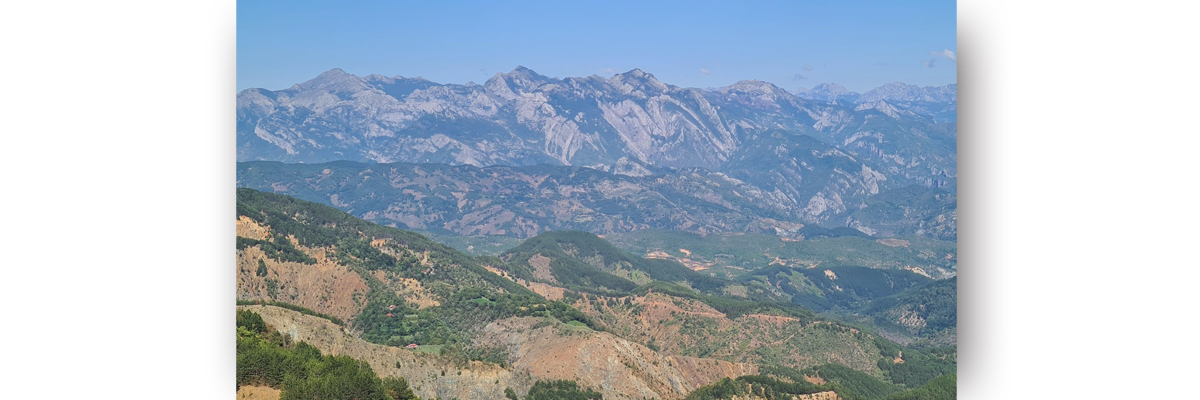24 de April de 2024
A new article, published by Geosciences Barcelona (GEO3BCN-CSIC), explore how the Adria microplate has influenced the geological changes in the Tyrrhenian Basin, the Apennines in Italy, and the Dinarides and Carpathians-Balkanides in Southeastern Europe. The study suggests that the Earth’s lithosphere in this region has undergone significant deformation and fragmentation over the last 30 million years.
“Our research strengthens the understanding of the continuous subduction and delamination processes occurring beneath the Apennines, with slabs showing a broken and complex geometry in depth due to their interaction with the currently active subduction beneath Calabria”, points out Montserrat Torné, GEO3BCN-CSIC researcher and co-author of this research, published at Journal Geophysical Research.
According to this publication, parts of the lithospheric mantle, and potentially even sections of the continental crust from the subducting plate, break away and continue to sink, leaving behind only the lighter continental crust at the surface. Furthermore, the research indicates the likelihood of a fractured slab beneath the southern Apennines.
The Western-Central Mediterranean region is a highly active seismic zone, known for its unique tectonic characteristics. Thus, understanding these mechanisms is crucial due to the potential to trigger earthquakes, and volcanic eruptions in densely inhabited regions, like the Italian coast from Naples to Calabria.
“Our objective is not solely focused on examining the current structure of the lithosphere and upper mantle. We also aim to delve deeper into the geological history of the study area”, explains Torné. In this sense, the research team has tracked back to the closure of ancient oceans and the subsequent formation of mountain ranges such as the Apennines, Dinarides, and Carpathians-Balkanides. Additionally, the study seeks to understand the formation of surrounding sedimentary basins like the Tyrrhenian, Adriatic, and Pannonian basins.
To arrive at the conclusions, the research team has integrated various geological and geophysical datasets along with geochemical information to construct a comprehensive model of the crust and lithospheric mantle down to 400 km. “This model has provided insights into the temperature and chemical composition of the Earth’s lithosphere and upper mantle, as well as the distribution of seismic velocities,” says Torné.
This article complements the earlier work entitled ‘Geophysical-Petrological Model for Bidirectional Mantle Delamination of the Adria Microplate Beneath the Northern Apennines and Dinarides Orogenic Systems’ published by Wentao Zhang, Ivone Jiménez-Munt, Montserrat Torne, Jaume Vergés, Estefanía Bravo-Gutiérrez, Ana M. Negredo, Eugenio Carminati, Daniel García-Castellanos and Manel Fernàndez. This work includes findings from the GEOCAM project and its continuation, the GEOADRIA project, both financially supported by the Spanish National Research Agency (AEI, Spanish acronym).
Reference
Zhang, W., Jiménez-Munt, I., Torne, M., Vergés, J., Bravo-Gutiérrez, E., Negredo, A. M., & García-Castellanos, D. (2024). The lithosphere and upper mantle of the Western-Central Mediterranean region from integrated geophysical-geochemical modeling. Journal of Geophysical Research: Solid Earth, 129, e2023JB028435. https://doi.org/10.1029/2023JB028435

